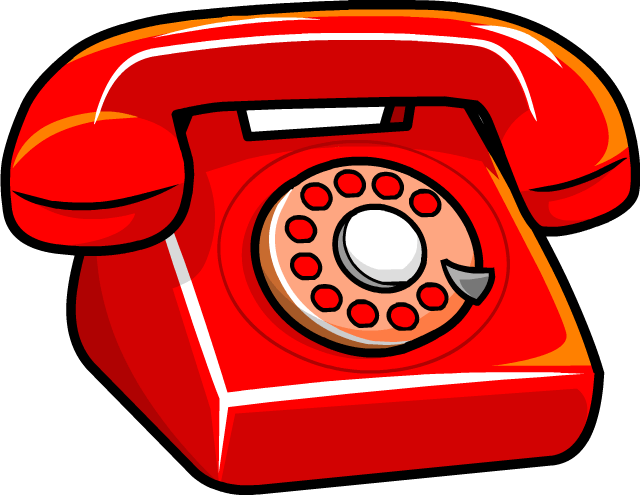Traditional washing machines use a significant amount of water to wash clothes. When you notice your washing machine water level too low, it can be cause for concern. The question is, is the low water level by design or is the machine broken? Let’s find out.
Troubleshooting: Washing Machine Water Level Too Low
HE Washer Water Level
If you are new to using an HE washer, you may be concerned that the washing machine water level too low. Actually, you don’t have to worry about the washer water level too low because that is design of the machine!
HE machines use considerably less water than their traditional counterparts, using only the resources required for each load to render them exceptionally clean. A 40% water reduction, decrease in detergent, and shortened dry times are normal benefits to this High-Efficiency washer.
Home Water Pressure Too Low
Is your washer water level too low? You could be experiencing low water pressure from the home’s water source. Most water inlet valves require at least 20 psi to work properly. If your home has insufficient water pressure, it can negatively affect the ability of the washing machine to fill up.
First, clean the screens on the water inlet valve. Then check the water pressure to ensure adequate pressure is reaching the washing machine. If your water pressure isn’t at least 20 psi, you will continue to have a low water level in washing machine.
Washer Fill Sensor Not Working
If you have low water levels in your washer, you may have a faulty fill sensor. The fill sensor communicates to the control board when the washer is full to shut the water off. If the sensor malfunctions, the control board thinks the washer is full and shuts off the water prematurely.
Needless to say, if the washer fill sensor is the culprit behind the washing machine water level too low, the sensor needs to be replaced.
Water Inlet Valve Clogged
Washing machine water level too low can also be caused by a clogged water inlet valve. This is a frequent cause of water level issues with the washer. The valve allows the water from your home plumbing to enter the washing machine.
Look on the back of the washing machine. Follow the hot and cold hoses from the water hookup to the machine. Where the two hoses meet and join to the hose on the washing machine is where the valve lives. This valve has screen in it that trap debris. When this valve/screens becomes clogged with muck and debris, the washer starts to have fill problems.
If you want to how to increase water level in washing machine, start by checking the valve and cleaning out the screens.
Turn off the water to the washer before disconnecting any hoses. Remove the screens and clean them thoroughly. If the screens were indeed clogged, you should see an immediate difference in how much more the washer fills.

Image from Scottthefixitguy
All the know-how in the washer world is sometimes best left to a professional. If DIY washer repair isn’t your thing, it is ours! Let D&T Appliance Service Company do the diagnostics and washer repair so you don’t have to. We’ll get you back in business before you run out of clean clothes!





